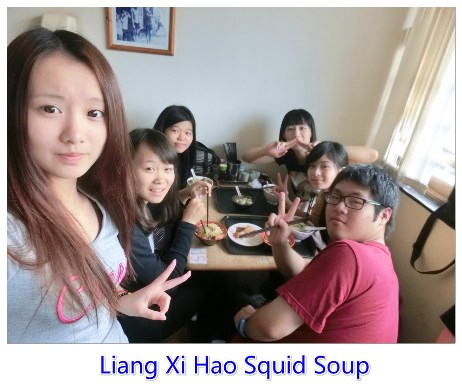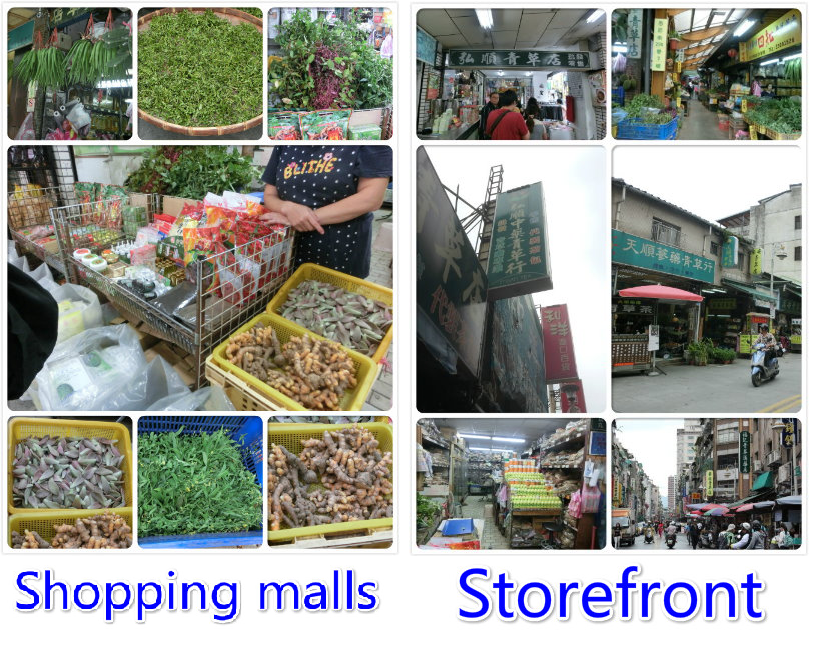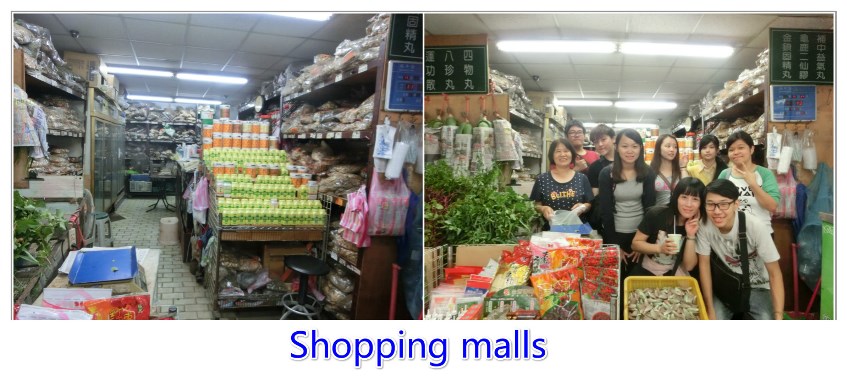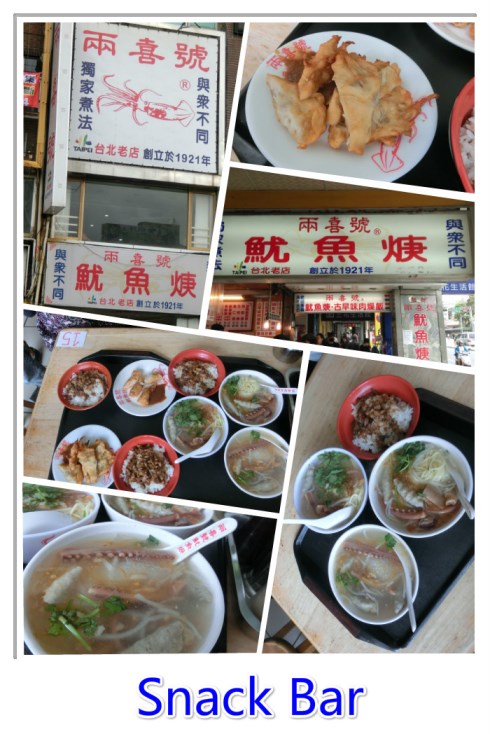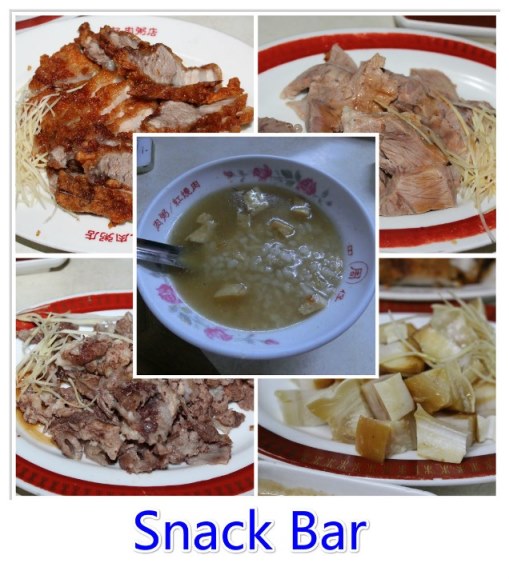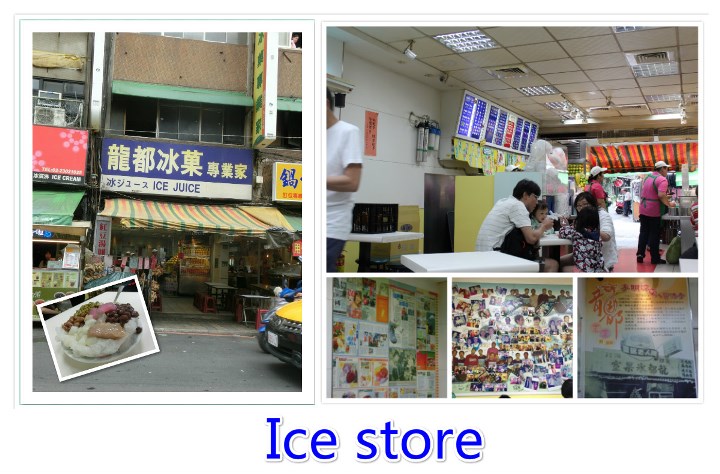

In Mengjia, what certainly cannot be missed is the mouth-watering Taiwanese street food. Not as refined as dishes served in a five-star restaurant, they are however the classic taste that many people cannot forget. Despite of a full stomach, we can’t help discussing what we are going to eat next time! In addition to those street food, do you know what local cuisines there are in Mengjia? I guess not. So, follow our steps, and explore the hidden treats.
Herb Lane
150 years ago, before western medicine became prevalent in Taiwan, our ancestors used herbal medication to treat diseases. At the time, there were many herbal vendors in Wanhua. Because of the lack of certified Chinese physicians, and the prevalence of epidemics, herb shops became a place that provided medical services to the public. Based on the experiences passed on for years from mouth to mouth, different remedies were used to treat different symptoms. In terms of how to handle the herbs, whether they should be decocted, stewed, ground, or applied externally, experiences were also taught by mouth, learnt by heart.
After the Second World War, because of urban reforms, many herb shops started to congregate in Lane 224, Xichang Street, forming the well-known “Herb Lane.” Approximately 300 to 400 types of herbs can be found here. Besides of remedies for certain diseases, whether it’s for Chinese herb tea for summer, bitter tea, or for a stew in winter, one can always buy the best quality and fresh ingredients here. Although no ingredient analyses or clinical trial reports have been done on some remedies, their effects for hundreds of years continue to convince many people of the medical benefits of herbal medicine.
Because Herb Lane is next to Longshan Temple, many people used to go to the temple to ask for a prescription first, and then directly lead themselves through the left side door to the Herb Lane (Lane 224, Xichang Street).Therefore, many rickshaws carrying herbs started to congregate, forming a herb market, and further, the concentration of herb shops we see today. However, Longshan temple’s centuries-old practice of providing medical prescriptions for worshippers was banned by the authority in 1980s because of violating the regulations on medical and pharmaceutical services.
In Herb Lane, a place not only attracts international tourists but also inherits the traditional culture of herbal medicine, we can witness the wisdom of our ancestors. In addition, through personal experiences, international tourists could further learn about the use of fresh herbs in Chinese medicine and the essence of it. Thus, the Department of Cultural Affairs of Taipei City renovated the street in 1990, so that local residents and visitors could enjoy a tasteful and elegant corner in the city.
Liang Xi Hao’s Squid Soup
Founded in 1921, Liang Xi Hao has a history of 94 years, although one can rarely tell from its appearance. The appearance of the restaurant does not seem to be affected by time; instead, it is as bright as a modern food stand.
Items on the menu are simple and affordable, which are mostly soups. Their soups are clear, with a moderate thickness, smooth yet not greasy. The savory taste comes out with every bite. In addition to the famous soups, their appetizers are also a surprise. We ordered shrimp rolls and boiled squids. While the outside of the shrimp rolls was crispy, the inside was soft, stuffed with fresh, springy shrimps. Boiled squids were bouncy from the first bite, and every bite allowed a savory flavor of ocean to explode in one’s mouth.
Chow’s Porridge
Today, we came to the famous Chow’s Porridge in Wanhau. The restaurant is small, with just a coupe tables that are usually occupied. We were lucky to find a table, and we ordered the following dishes
1. Porridge: the portion was not big, suitable for a single person. The rice was cooked in the meat soup until al dente, soft yet each grain was still intact.
2. Fried pork: it’s one of the specialties of the restaurant. The light brown skin was crispy and the ratio of the lean meat to the fat was ideal. Our mouth was filled up with the juice when taking a bite, and we could taste the sweetness of the meat.
3. Smoked Shark—a soft texture, with chewy skin and juicy flesh. As we took a bite, a savory flavor was immediately and continuously released in our mouth, making us feel like floating in the ocean.
4. Dips—although they only play a supporting role, they can’t be replaced. There were two types of dips, one being slightly sweet and the other a bit spicy. When eating the appetizers with the dips, they became even more delicious.
Longdu Ice Dessert Parlor
After the main dishes, of course it is time for some desserts. We arrived at Longdu Ice Dessert Parlor, where many available options made it difficult to decide what to choose. We finally decided for “8-treasure ice,” which included many different ingredients. The beans were soft but not soggy, the taros were perfectly cooked, and the chewy texture of sticky rice balls, tapioca balls and crispy balls made it all the more fun. The ice was shredded but had a silky texture. After this bowl of ice, satisfaction was the only expression.
|

